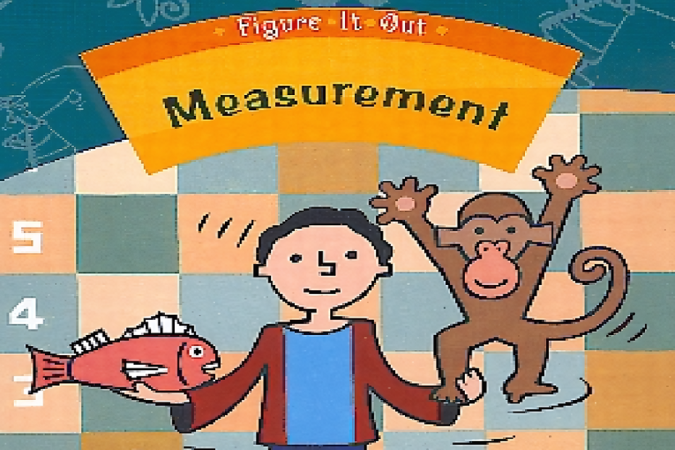Solve it or sink it
This is a level 3 measurement strand activity from the Figure It Out series.

About this resource
Figure It Out is a series of 80 books published between 1999 and 2009 to support teaching and learning in New Zealand classrooms.
This resource provides the teachers’ notes and answers for one activity from the Figure It Out series. A printable PDF of the student activity can be downloaded from the materials that come with this resource.
Specific learning outcomes:
- Investigate weight and area.
Solve it or sink it
Achievement objectives
GM3-1: Use linear scales and whole numbers of metric units for length, area, volume and capacity, weight (mass), angle, temperature, and time.
Required materials
- Figure It Out, Level 3, Measurement, "Solve it or sink it", page 13
- A4 paper
- paste or tape
- a water tray
- scales
- marbles
- a classmate
See Materials that come with this resource to download:
- Solve it or sink it activity (.pdf)
Activity
This activity integrates the measurement of mass with technology in a problem-solving context. Students should measure the mass of the marbles in grams. The boat will float well if it has a wide base. Students may need to push the bottom fold back up inside the boat a little to make this base.
Additional problem-solving instructions or questions could include the following:
- Explore ways of arranging the marbles to find the least mass and the greatest mass that the boat can hold.
- Does the size of the marbles change the mass that the boat can hold?
- Discuss a plan to explore this question with a classmate. Write down each step of the plan and explore your findings.
In question 3, have the students estimate the mass of marbles that the smaller boat size may hold. All the class estimates could be recorded on a stem-and-leaf graph (see mathematics in the 2007 New Zealand Curriculum, page 216).
When the students compare the number of marbles that each boat holds, they could record this as a ratio or fraction, for example:

Using fractions reduces the effect of variations in design and construction styles. This may help students when they are comparing their results. It is also a good context for finding and recording fractions.
Have the students explore the class results to see whether there is a pattern, such as a number of students with equivalent (or nearly equivalent) fractions. Positioning each fraction on a number line between zero and one may help the students see whether there is a cluster effect in the comparisons, for example:

If the results do not show a pattern, discuss some possible reasons with the class.
Ideas may include:
- the way in which the marbles were placed in the boat
- whether boats used for the first time may float longer than boats used more than once
- how the water conditions, similar or otherwise, could affect the results.
1.
Answers will vary.
2.
Answers will vary.
3.
a. Answers will vary. You will use approximately half the number used in question 1.
b. Answers will vary. You will use approximately half the number used in question 1.
c. Discussion points will vary.
The quality of the images on this page may vary depending on the device you are using.


